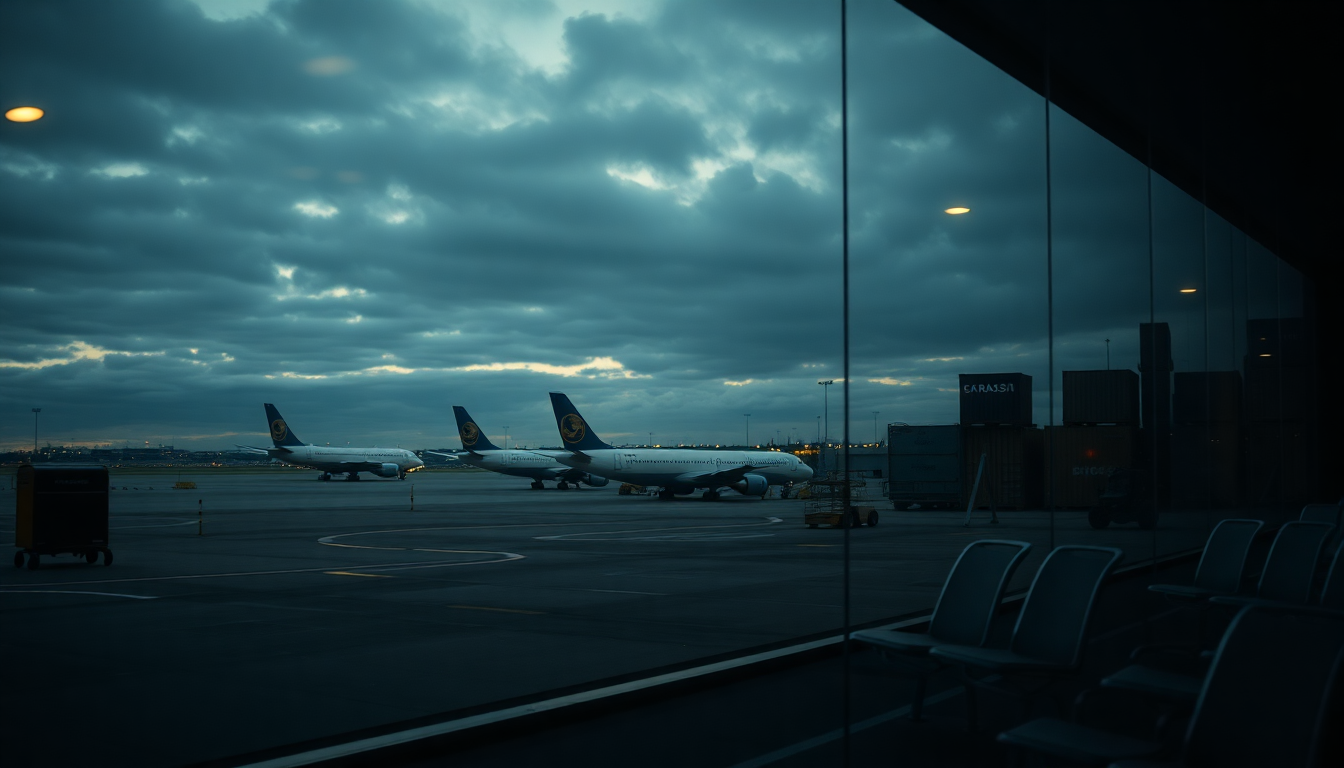Table of Contents
The recent turmoil in Russia’s transport sector has raised some serious eyebrows, especially with the recent Ukrainian drone attacks wreaking havoc on the aviation industry. It’s a tragic twist that former Transport Minister Roman Starovoit, caught in the eye of this storm, took his own life after President Vladimir Putin dismissed him. This shocking event not only sheds light on the shaky leadership in the sector but also highlights broader worries about Russia’s transport infrastructure as conflicts continue to unfold.
Market Overview of the Transport Sector
Right now, the transport sector in Russia is facing challenges like never before, with external conflicts and internal political shake-ups making matters worse. Just last weekend, the drone attacks led to numerous delays and cancellations at airports nationwide, leaving countless passengers stranded and frustrated. This isn’t just a logistical headache; it’s a stark reminder of how fragile this sector is, which is vital for both domestic and international travel. In a grim report, Kremlin-controlled media revealed that Starovoit was found dead from a gunshot wound, with officials suspecting suicide due to the immense pressure of the crisis.
Starovoit stepped into the role of Transport Minister in May 2024, aiming to stabilize a struggling industry. However, with the recent surge in drone attacks, those efforts have sadly gone down the drain. The explosion on the Eco Wizard tanker in Leningrad, which caused an ammonia leak, adds another layer of complexity to the situation. These incidents serve as a harsh reminder of how geopolitical tensions can ripple through national operations, affecting everyday lives.
Analysis of Key Challenges
As the aviation sector deals with the fallout from these distressing events, it’s crucial to pinpoint the specific challenges at hand. The drone attacks have led to a huge spike in operational disruptions, with airports reporting a wave of delays and cancellations. This has created a backlog of flights, leaving travelers scrambling for alternative options. To make matters worse, the lack of clear communication from the authorities has only heightened the panic among passengers.
We can’t ignore the political side of things, either. With Starovoit’s abrupt dismissal, the transport sector is now navigating through a leadership vacuum at a critical moment. This raises some serious questions about the future of transport policies and how the government plans to tackle the ongoing crisis. The combination of operational hurdles and unstable leadership creates a precarious landscape for the transport industry—one that is absolutely essential for economic recovery and growth.
Future Implications and Recommendations
So, what does the future hold for Russia’s transport sector? It looks pretty uncertain. The mix of external pressures from ongoing conflicts and internal political strife calls for a strategic response from the government. Restoring confidence among both industry stakeholders and the public is crucial. Implementing solid crisis management protocols and enhancing communication will be key to lessening the impact of similar incidents down the line.
Additionally, it’s high time to reassess security measures surrounding critical infrastructure. The recent attacks have exposed glaring vulnerabilities that need to be addressed to safeguard both passengers and assets. As the situation develops, keeping a close eye on unfolding events and being ready to adapt strategies will be essential to navigating this turbulent period effectively.


